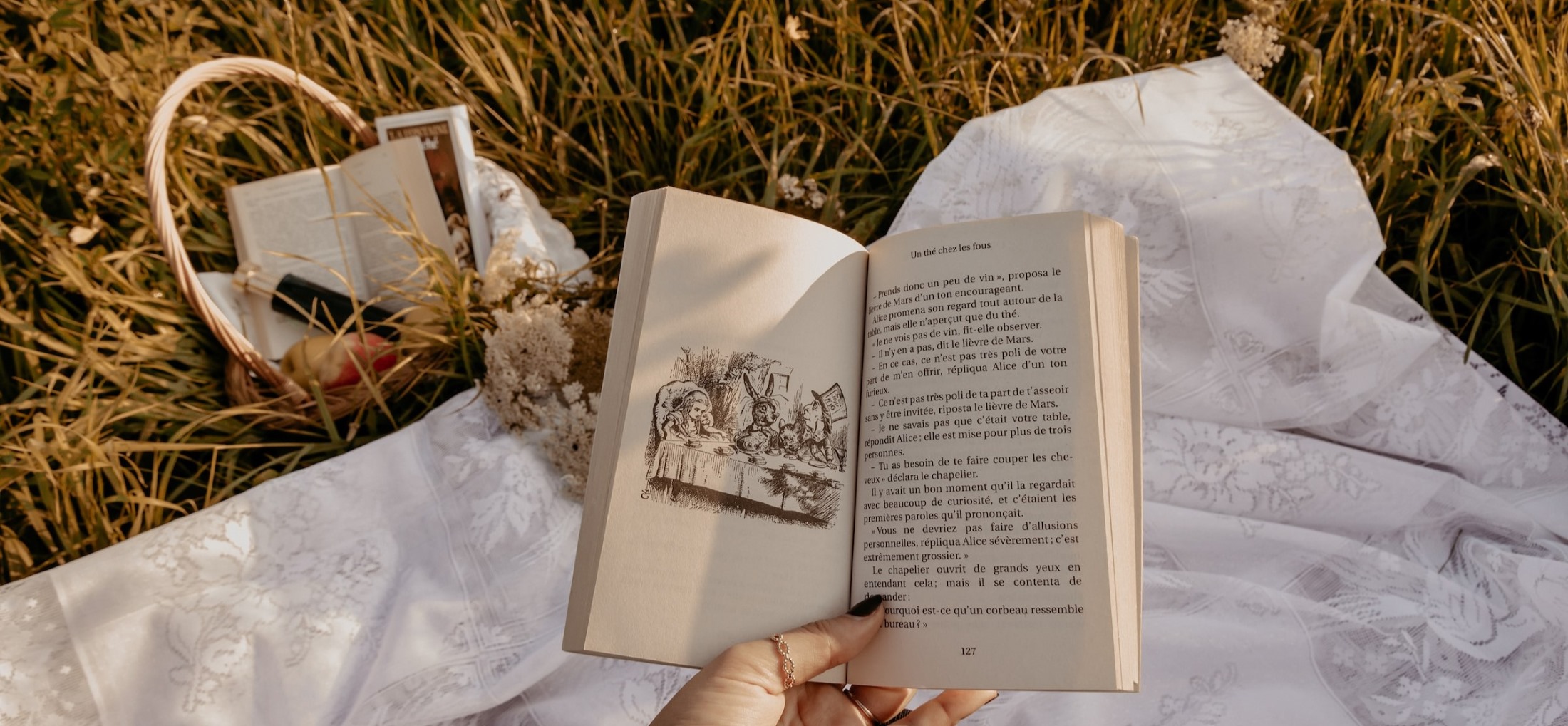
Cities that inspired your favourite novels
Have you ever wondered where some of your favourite novels were created?
Cities are not just backdrops to the tales told, but characters in their own right. There’s nothing like seeking inspiration from the towns that are woven in traditions and sacred stories, walking the very steps that writers did when they collected their words and compiled their most treasured work. Visiting these places isn’t about their popularity or how fashionable they are, but instead about going further into understanding the book and where the authors may have first initiated their stories. Explore the cities that influenced some of the world’s most prominent writers.
1. Monroeville - To Kill a Mockingbird by Harper Lee
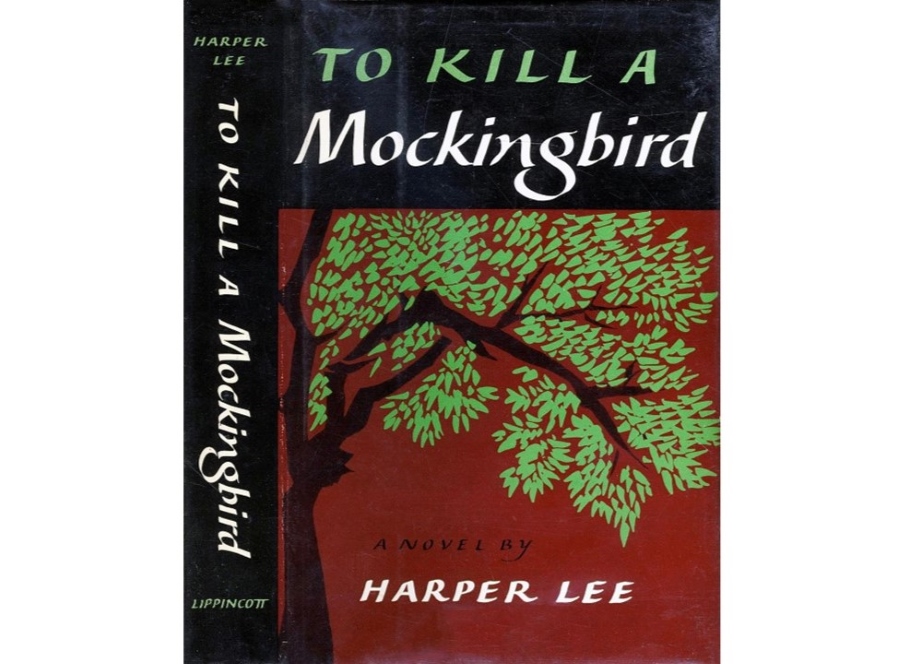 To Kill a Mockingbird by Harper Lee
To Kill a Mockingbird by Harper LeeMonroeville is a home-rule municipality in Allabama.No one’s really in a hurry in this tired old town. It’s known for its simplicity that’s felt almost instantly by strolling between the Christian bookshop, the thrift store and the fine old Country Courthouse where no case has been tried for decades. It is important to note that Monreoville inspired the book instead of it being completely factually based there.
The inspiration was for Harper Lee’s classic ‘To Kill a Mockingbird’, a simple tale of prejudice, injustice and morality giving a voice to the fears and frustrations of the transitional period of the 1930s in Alabama. The book's hero, Atticus Finch, was ‘the bravest man who ever lived’. The Finch family live in Maycomb, a technically fictional place but also modelled on the author’s home of Monroeville. Maycomb is an isolated, insular, hard-scrabble town, littered in Southern Values.
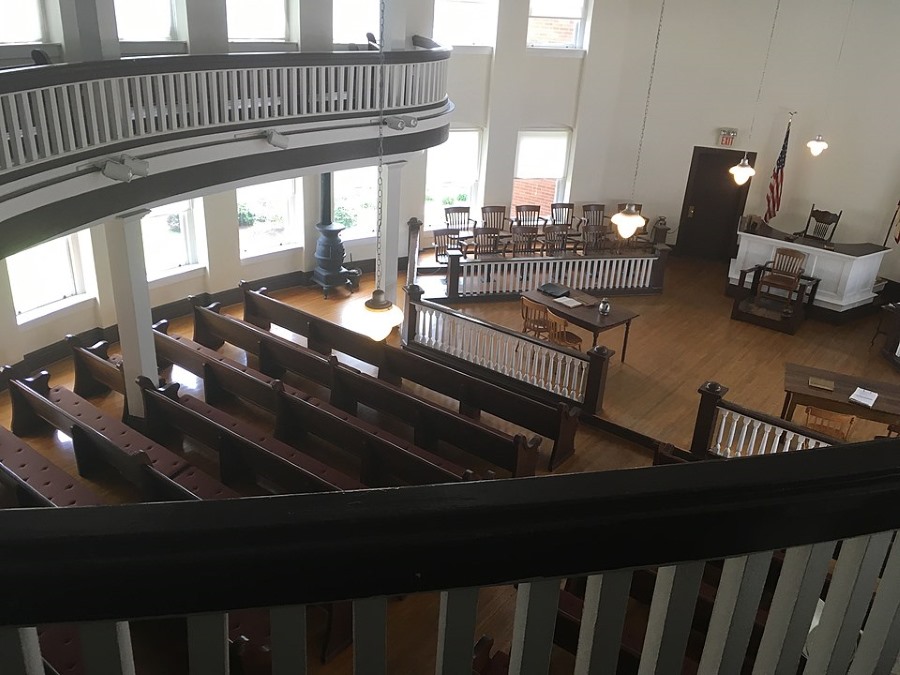 Old Monroe County Courthouse in Monroeville © Wikimedia
Old Monroe County Courthouse in Monroeville © WikimediaMonroeville's literary heart is the country courthouse which was completed in 1904 and the Romanesque clock-towered place of justice was used until 1963. Visiting Monroeville gives you an insight into the life of Harper Lee as according to Atticus
You never really understand a person until you consider things from his point of view… Until you climb inside of the skin and walk around it
and this is exactly the essence that Monroeville gives off. More importantly, this is the reason we should visit these more unknown cities.
2. Yorkshire Moors – Wuthering Heights by Emily Brontë
 Wuthering Heights by Emily Brontë
Wuthering Heights by Emily BrontëThere’s nowhere quite like the wild, windswept English landscape of the Yorkshire Moors. Its apparent emptiness, olive palette and unpredictable weather has inspired many, especially Emily Brontë and her only novel ‘Wuthering Heights’. The Yorkshire Moors aren’t an immediate destination for many tourists, but a very sacred place if you are interested in delving deeper into ‘Wuthering Heights’.
The moors of ‘Wuthering Heights’ are far removed from the rest of the world. Not only are they geographically isolated, but they seem to exist outside of the rules of man where life is lived at the whim of Mother Nature which is capable of being both brutal and kind.
 Yorkshire Moors © Shutterstock
Yorkshire Moors © ShutterstockFrom 1820 the Brontë family lived in the parsonage at Haworth, a hard-working, Pennine village producing worsted yarn and cloth. Emily would often escape work and find inspiration for her writing in rocks, crags and waterfalls as she understood that nature was capable of being both a destructive and a soothing force. Wuthering Heights is believed to be based on Top Withens, a long-abandoned 16th-century farmhouse a few miles southwest of Haworth but there’s also reason to believe that Pondall Hall could be its location where the Brontë’s visited regularly and where Emily was said to immerse herself in the extensive library.
If you’re planning a visit, you can book the ‘Earnshaw Room’ to sleep in its 18th-century-style box bed and peep out of the tiny window in the thick stone wall. Again, this isn’t a destination for a luxurious trip but instead a cultural insight into what it might have felt like to be the writer and go deeper into the tale.
3. Chile – The House of the Spirits by Isabel Allende
 The House of the Spirits by Isabel Allende
The House of the Spirits by Isabel AllendeAlthough the location of ‘The House of the Spirits’ was never fully confirmed, everything about it signals to Chile. The author, Isabel Allende said that the tale plays out in an unnamed country in Latin America but despite her quest to keep it secret, there’s little question of the setting. The novel is part personal saga, part document of the country’s 20th-century history.
Allende said that she
wanted to recover all that I had lost – my land, my family and my memories.
The Chilean author had spent long periods of her early life living in Santiago. Still, when the military coup of 1973 saw the toppling of President Salvador Allende (Isabel’s first cousin) – she fled to Venezuela.
‘The House of the Spirits’ began life as a letter to her dying grandfather and was written while the author was in exile. It spans more than 50 years and has two main locations: the ‘big house on the corner’ in the centre of the nameless capital and Tres Marias, the Trueba’s countryside estate. There are also many real events that creep into the narrative, such as the earthquake in 1939.
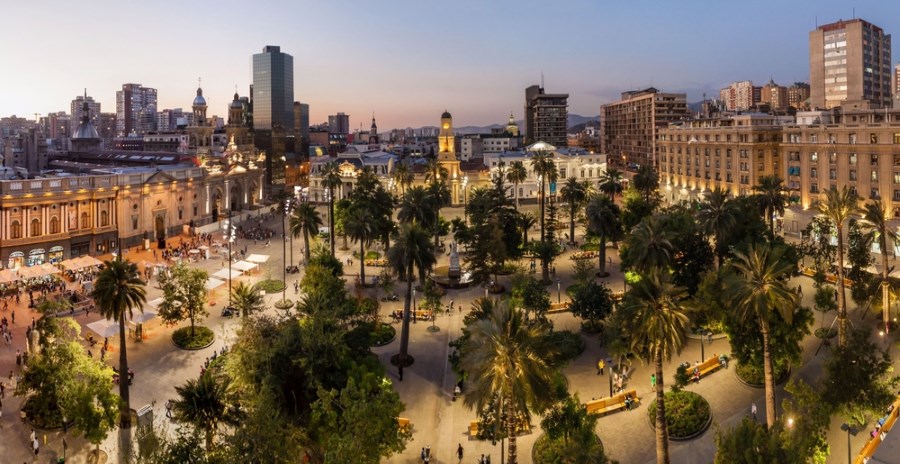 Plaza de Armas in Santiago, Chile © Shutterstock
Plaza de Armas in Santiago, Chile © ShutterstockAs Allende doesn’t name her country, it’s difficult to follow the locations with precision. One may start in Santiago’s Plaza de Armas, the main square, where violent patriarch Esteban Tureba first sees ‘Rosa the Beautiful’ buying liquorice, and where you can stroll past the palm trees, chess players and towers of the Neoclassical cathedral. You could also visit the museum at Las Chascona, the former house of Pablo Neruda, who ‘appears’ in the novel simply as the Poet, or the Museum of Memory and Human Rights which commemorates victims of the Pinochet regime.
In the book, through the window of the train, Esteban watches the
passing landscape of the central valley. Vast fields stretched from the foot of the mountain range, a fertile countryside filled with vineyards, wheatfields, alfalfa and marigolds.
Similarly, the long plain south of Santiago, flanked by the Andres and the coastal range is Chile’s most fertile region – and absolutely beautiful. Horse-drawn carts still clop along the highway and the beautiful grape-heavy wines take over the ground, this is the perfect place to imagine Tres Marias appearing on the Horizon.
4. Florence – A Room with a View by E.M Forster
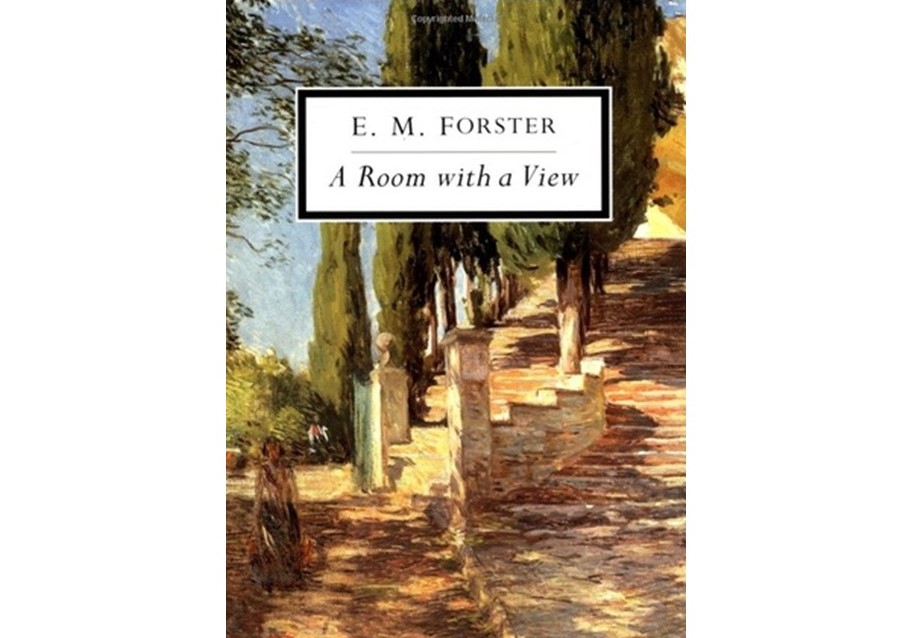 A Room with a View by E.M Forster
A Room with a View by E.M ForsterFlorence is irresistible. Not only is it flooded with some of the most beautiful art pieces in the world, but it’s also home to the minds of many other writers, including E.M Foster.
Whether it’s the distant church bells murmuring or the glistening river in the morning, the sunlight hits Florence in a very different way. It’s a Renaissance masterpiece of golden and terracotta rooftops, the romance is everywhere. It really is a magic city, where one feels completely separated from the rest of the world. Florence has a pace of its own.
E.M Foster wrote his romantic comedy in the early 20th-century in England, a place that was stifling conventions for the upper-middle classes. The novel pokes a critical finger at the sterility and rigidity of Edwardian England, but offers a beautiful antidote: Florence. The Italian city is all that England is not. Instead of structure, it’s spontaneous. It’s passionate, full of life and has all the power to enchant everyone walking down its streets which is no surprise why so many creatives sought solace in Florence.
In the book, naïve Lucy and her chaperone leave quiet Surrey for a very proper Italian trip, ticking off what the Baedeker guide preserves. Lucy struggles between her old-fashioned upbringing and fiery new independence. After only days she witnessed a murder and had her first kiss.
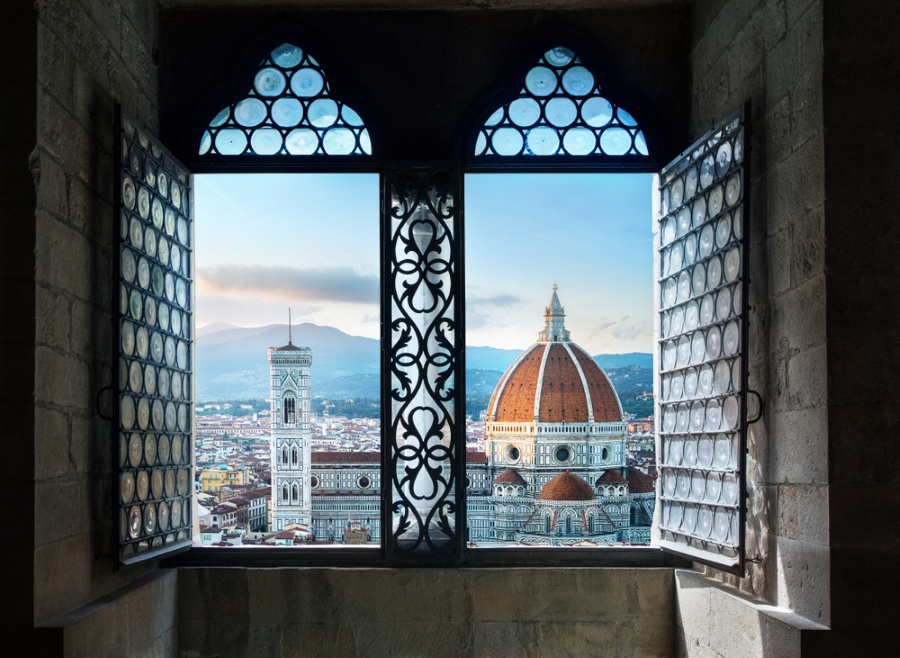 Florence © Shutterstock
Florence © ShutterstockMany places in the book, unfortunately, closed down in recent years or were completely fictional hotels. However just like Lucy does, you can turn right along the rivers Lungarno delle Grazie, past the Ponte alle Grazie bridge to take a ‘dear dirty back way’ to the church Santa Croce. In the book, Lucy gets lost, drifting down streets, finding herself in the Piazza della Santissima Annunziata, admiring the cherub reliefs that decorate the Foundling Hospital. She had
never seen anything more beautiful.
Florence is culturally magnificent, from the priceless art at street level to the tip of Duomo’s cupola. But there’s also the Florence of the senses, the city that comes alive when you feel its hot sun on your skin. When you loiter over lunch, take a slow passeggiata in the cooling afternoon, watch a pink-orange sunset, or sip a glass of wine. When you stop trying to be something or question what’s going to happen next but think ‘nothing but the blue sky' and then men and the women who live under it.
It might seem bizarre to many to explore a city through the lens of a book, but it is a deeply moving experience. The fiction behind literature is often based on some solid essences of an author’s life and it is a great journey to embark on with the help of our guide to the best literary cities around the world.
Looking for more inspiring destinations to explore? Check our expert guide to Vienna.
Credits for the Main photo: © Camille Brodard, Unsplash
